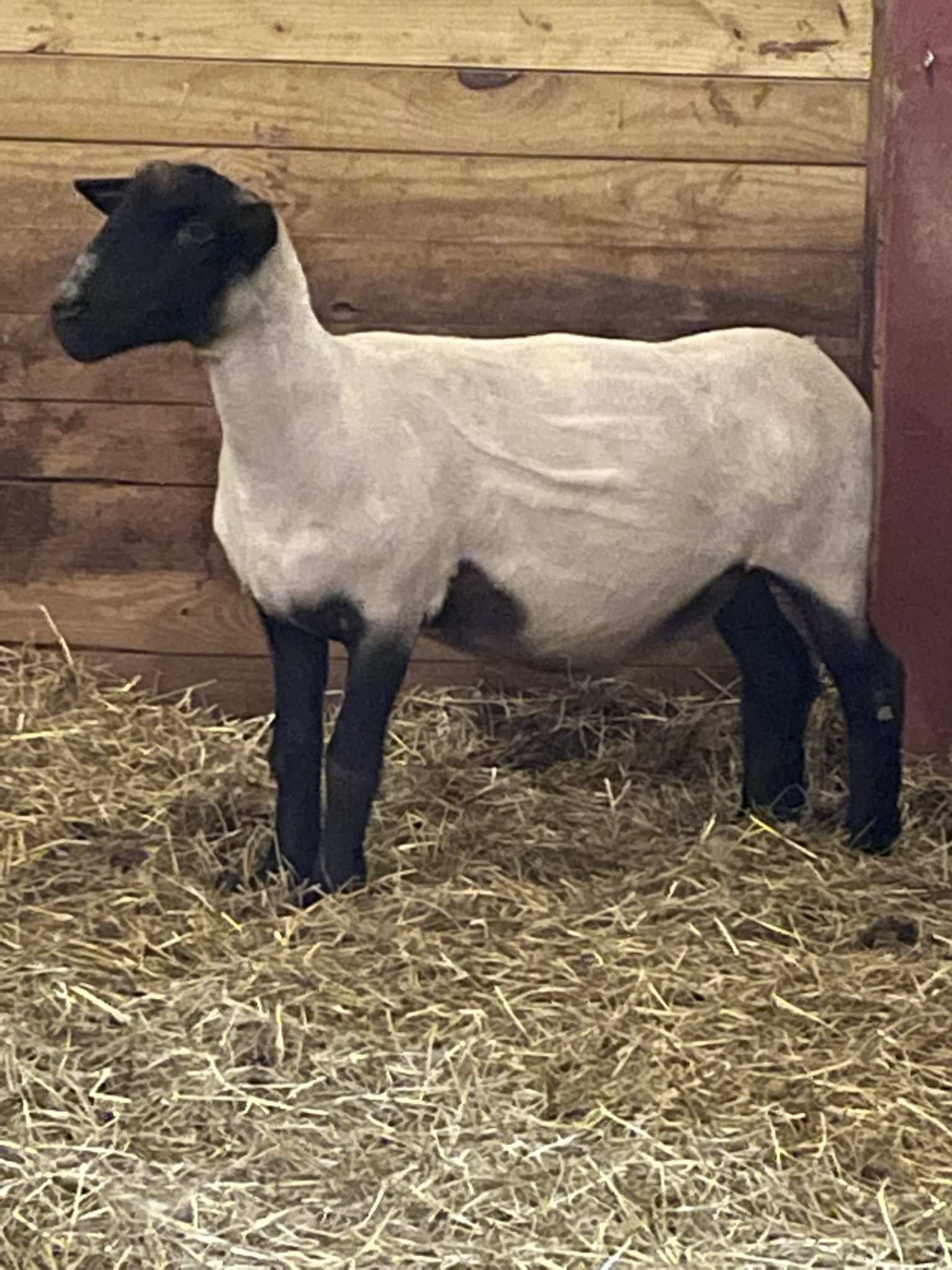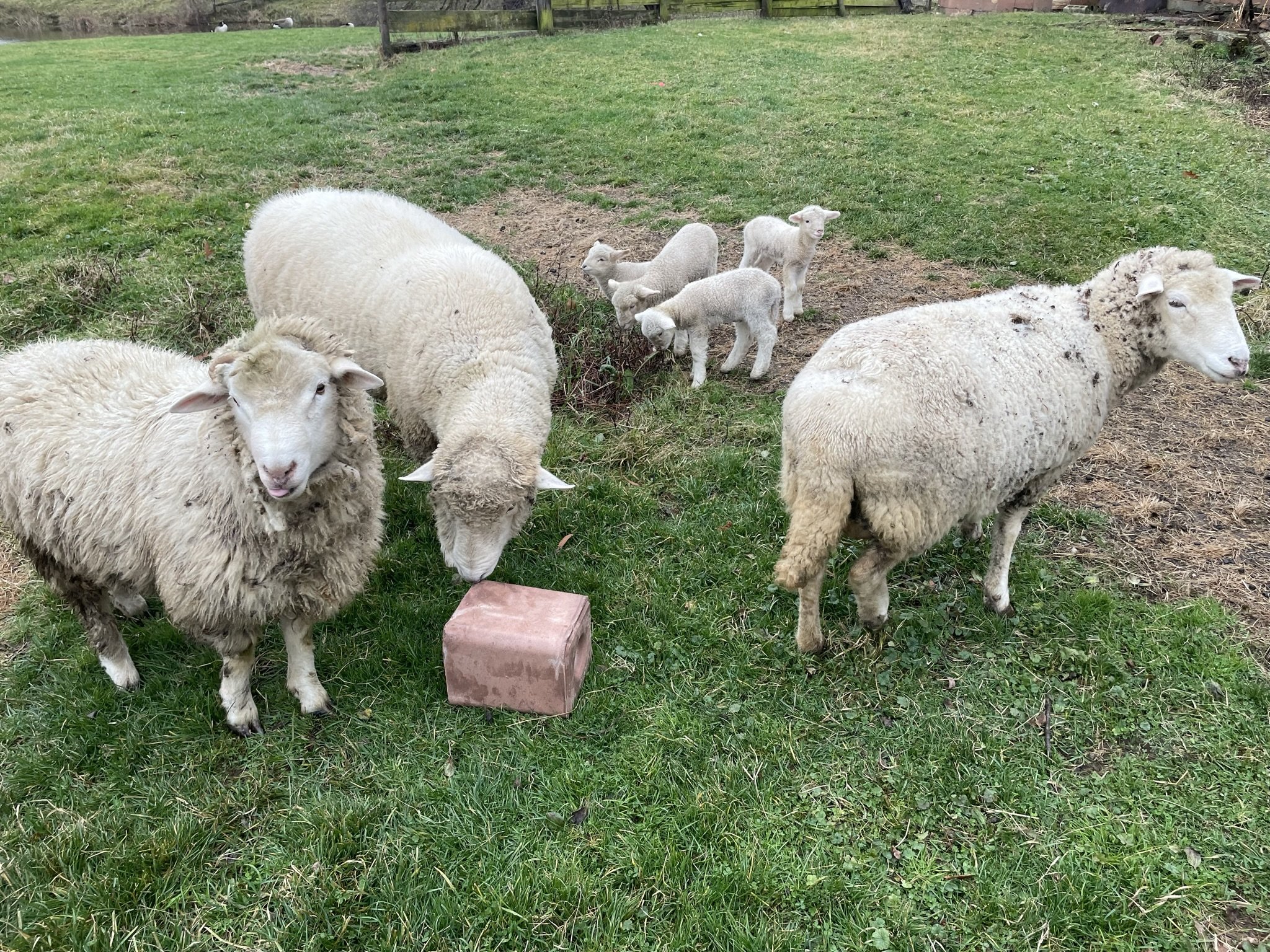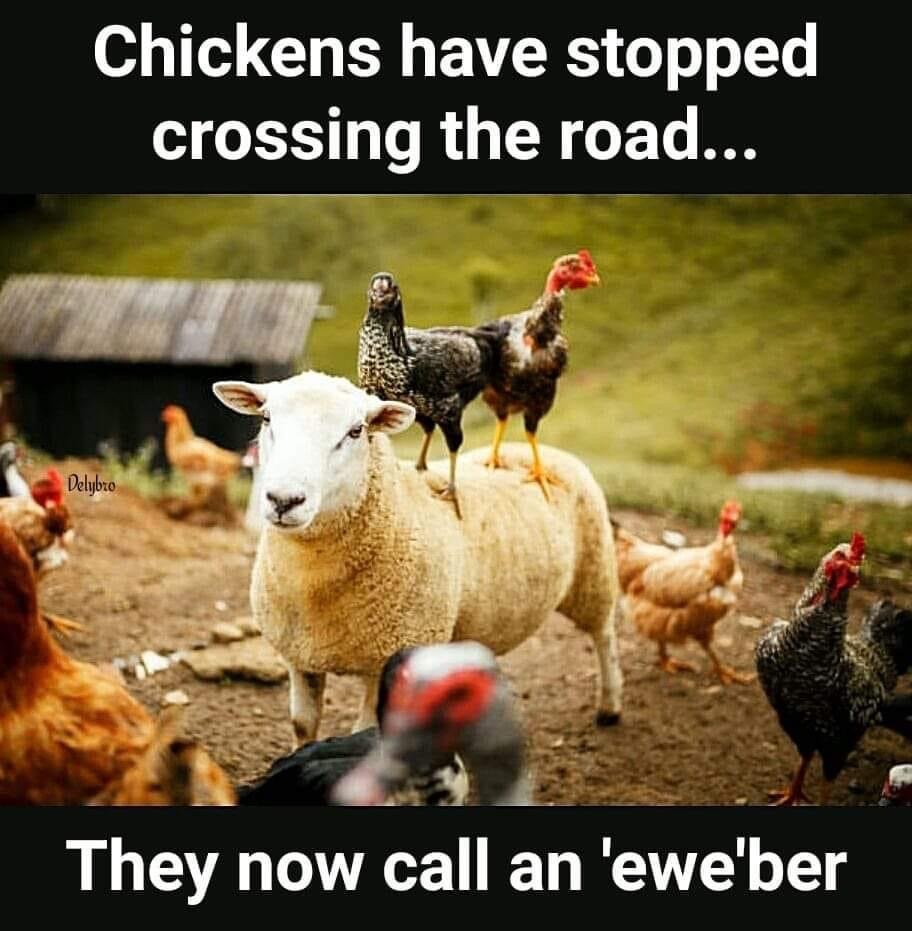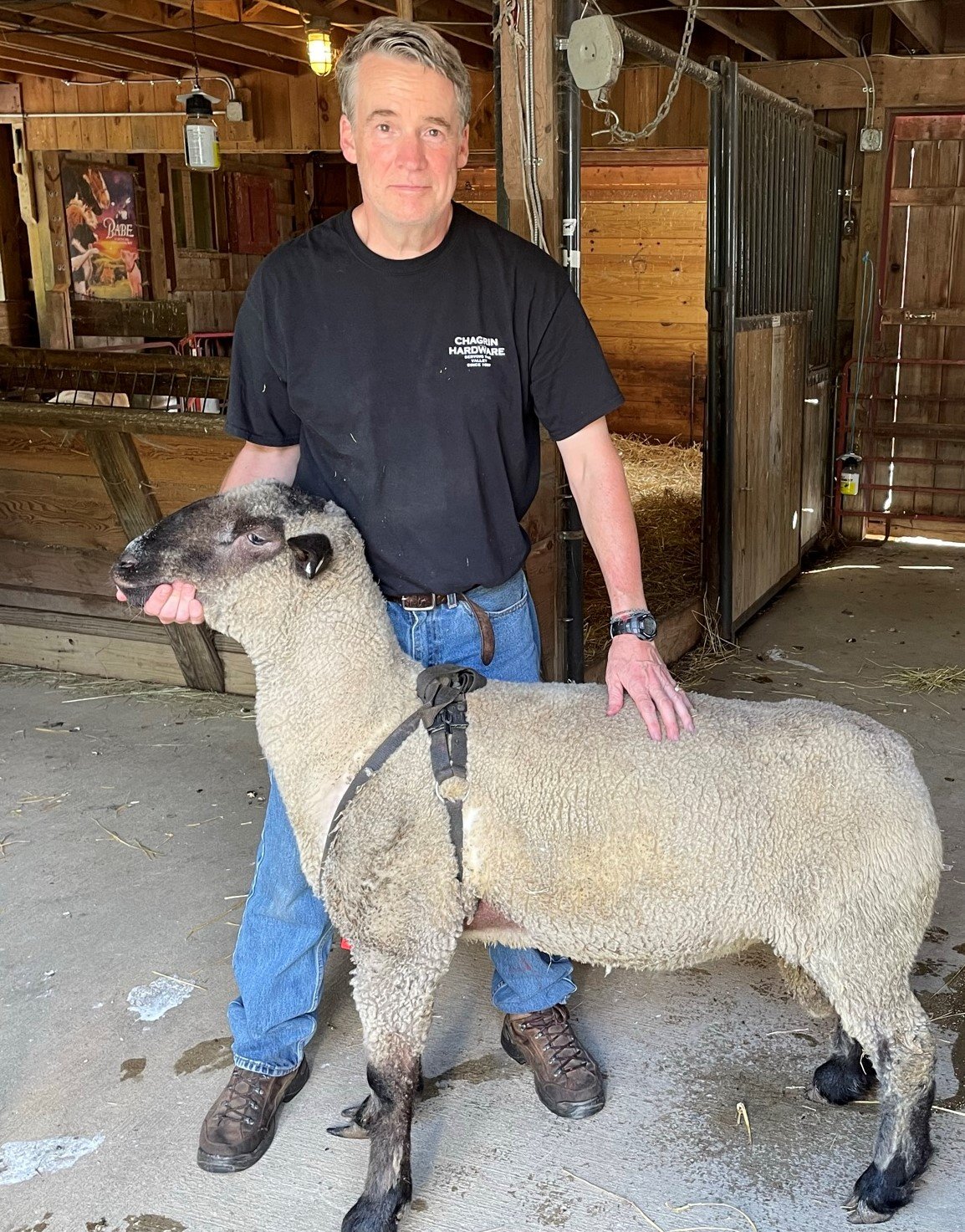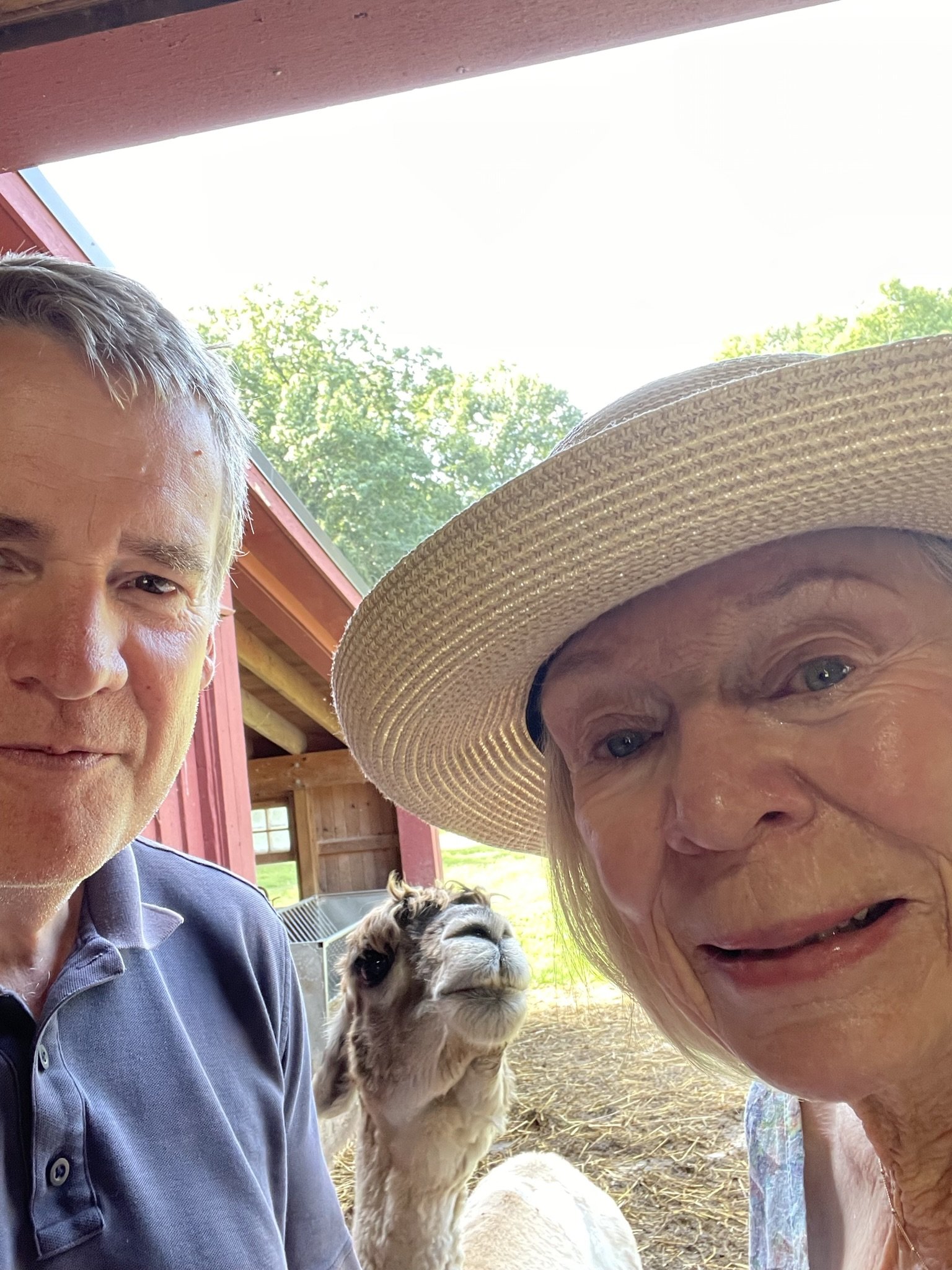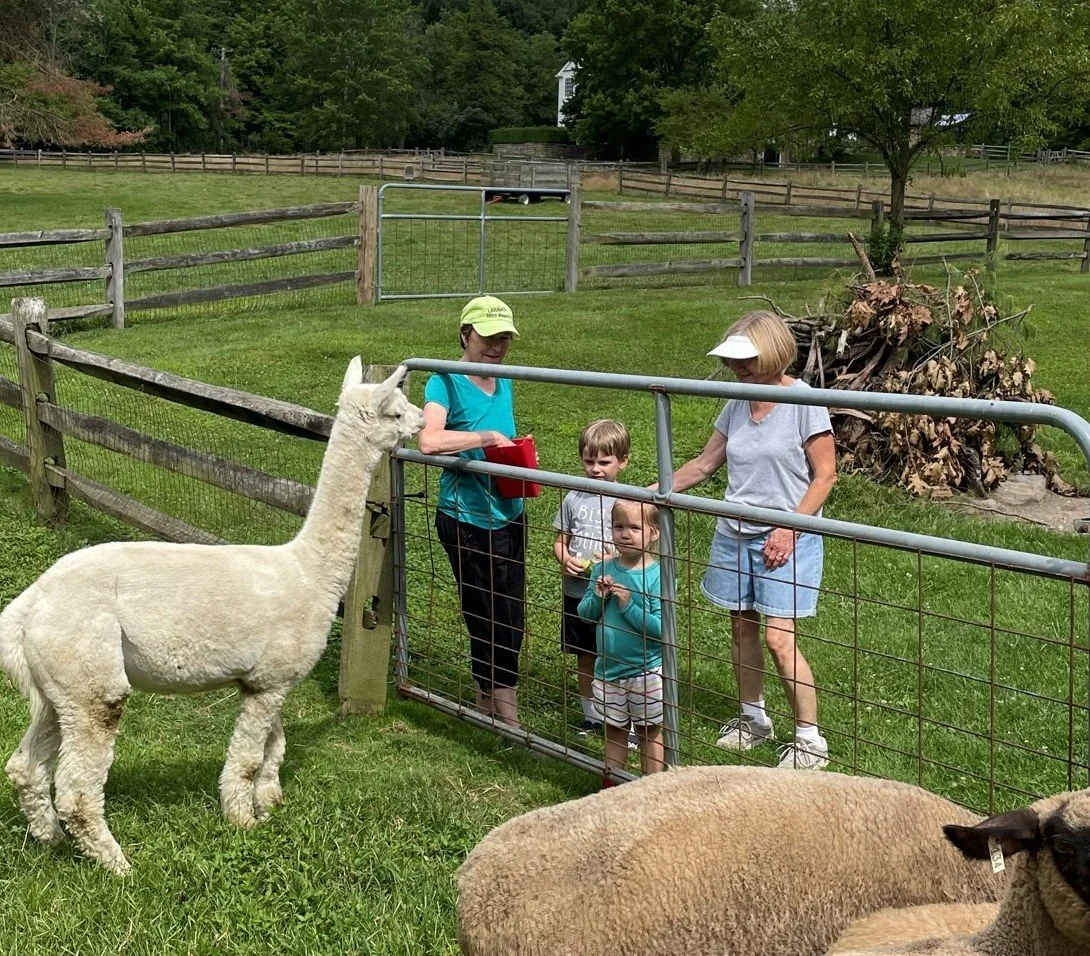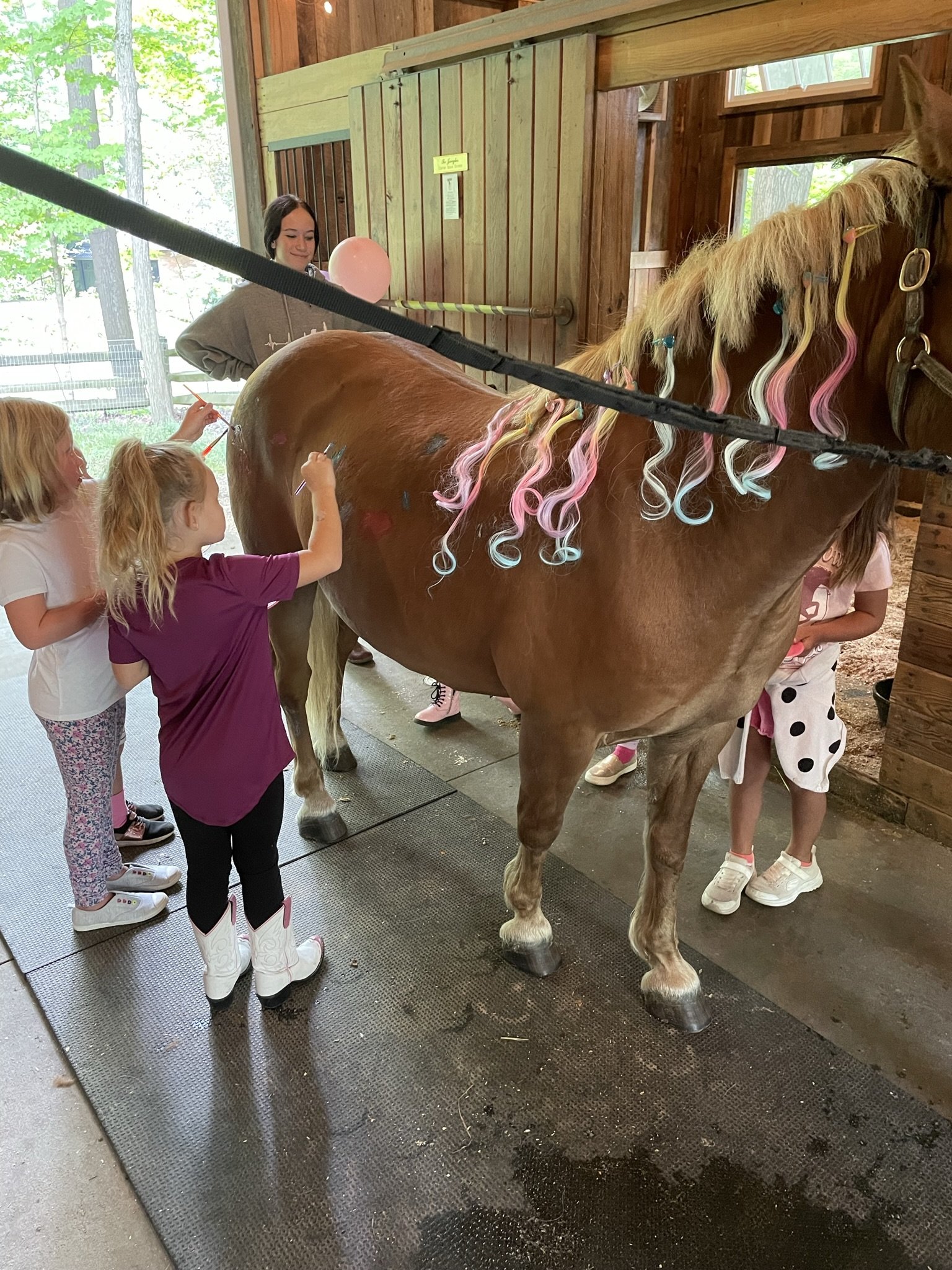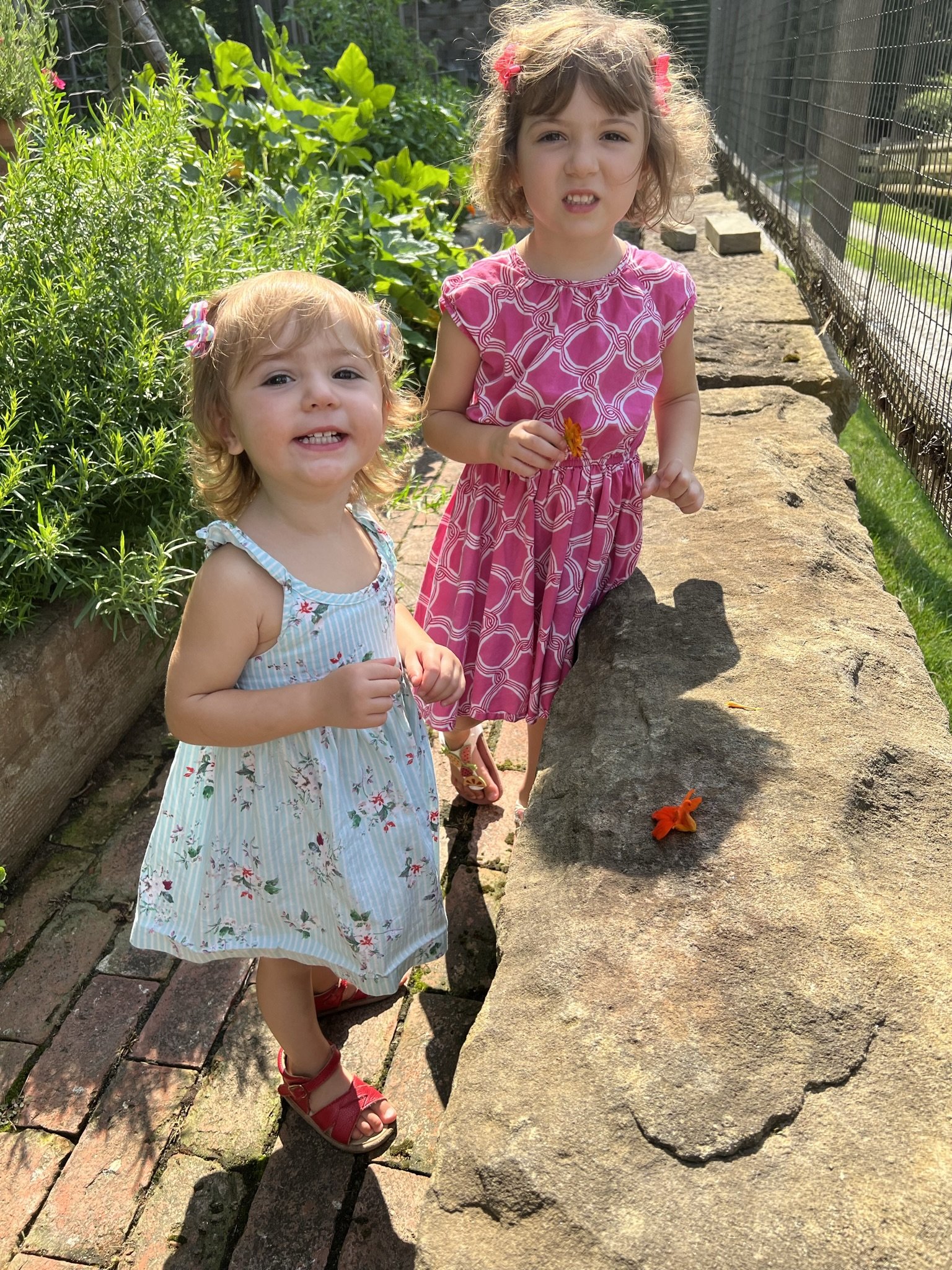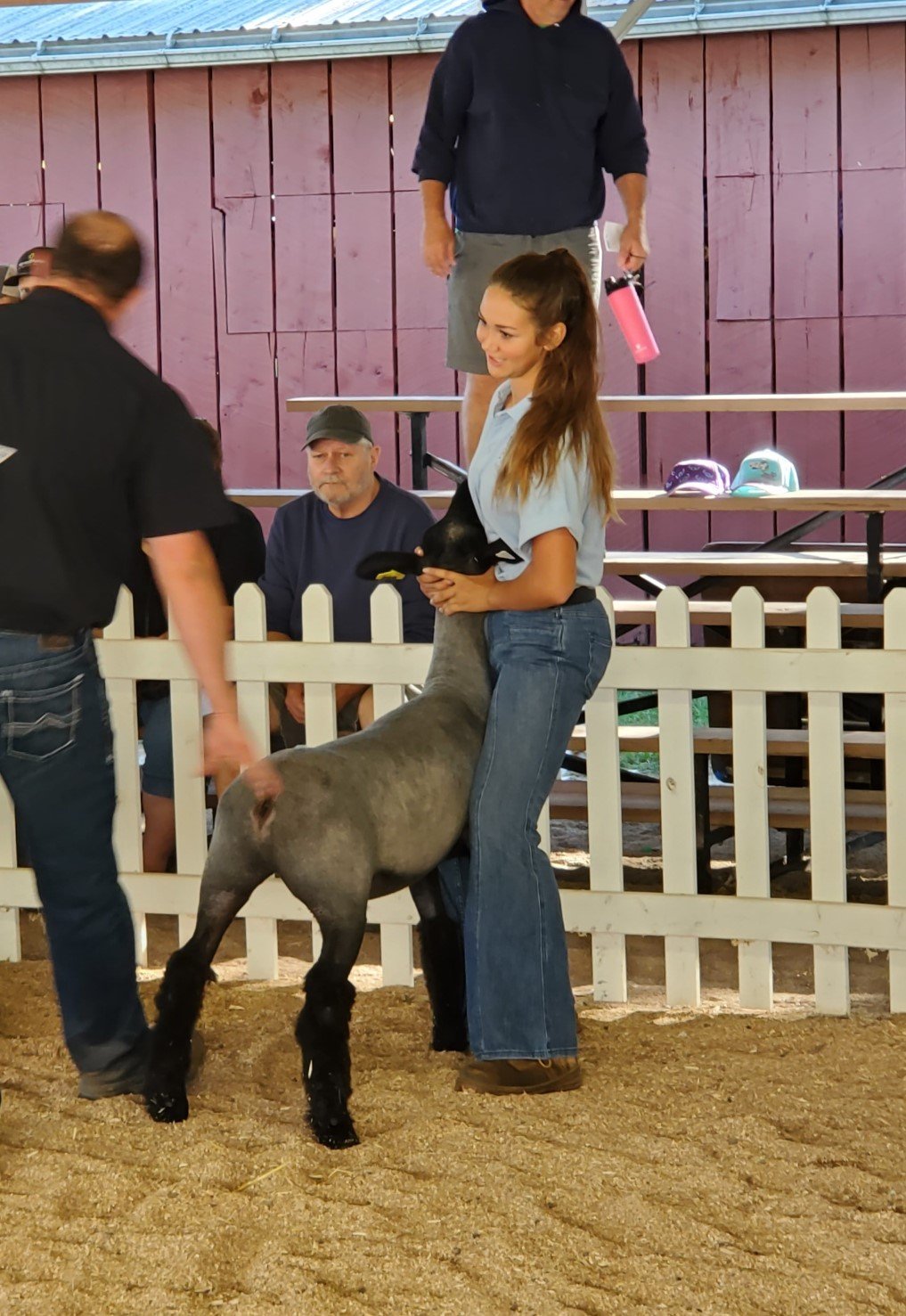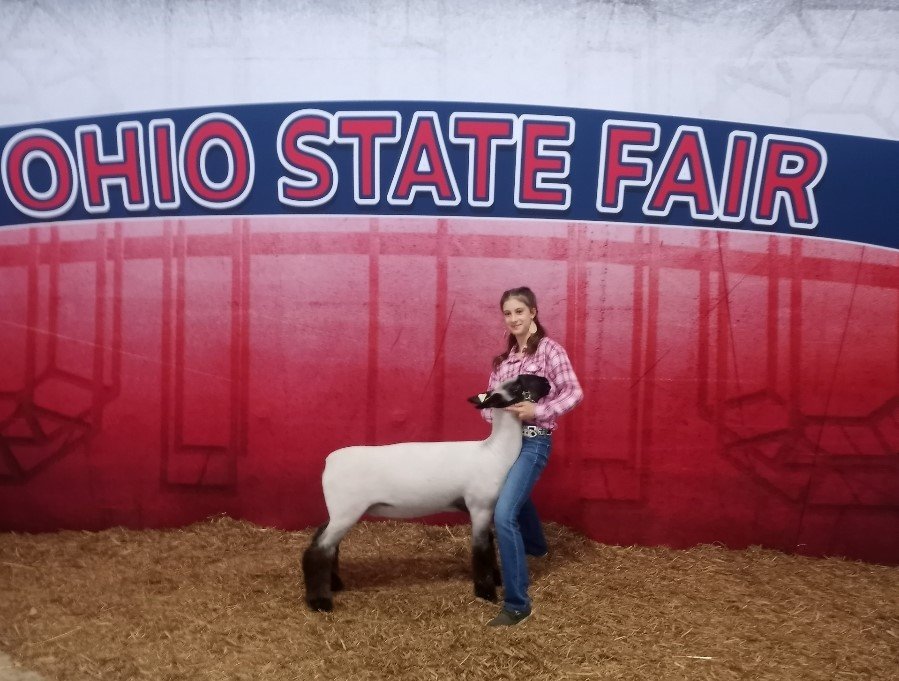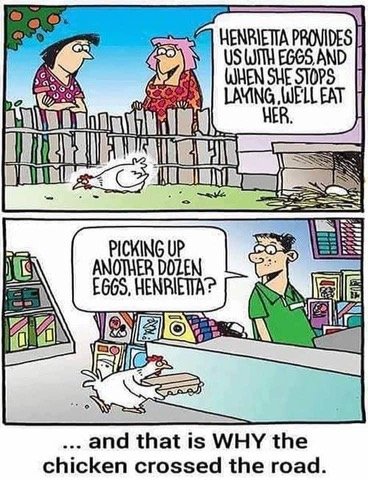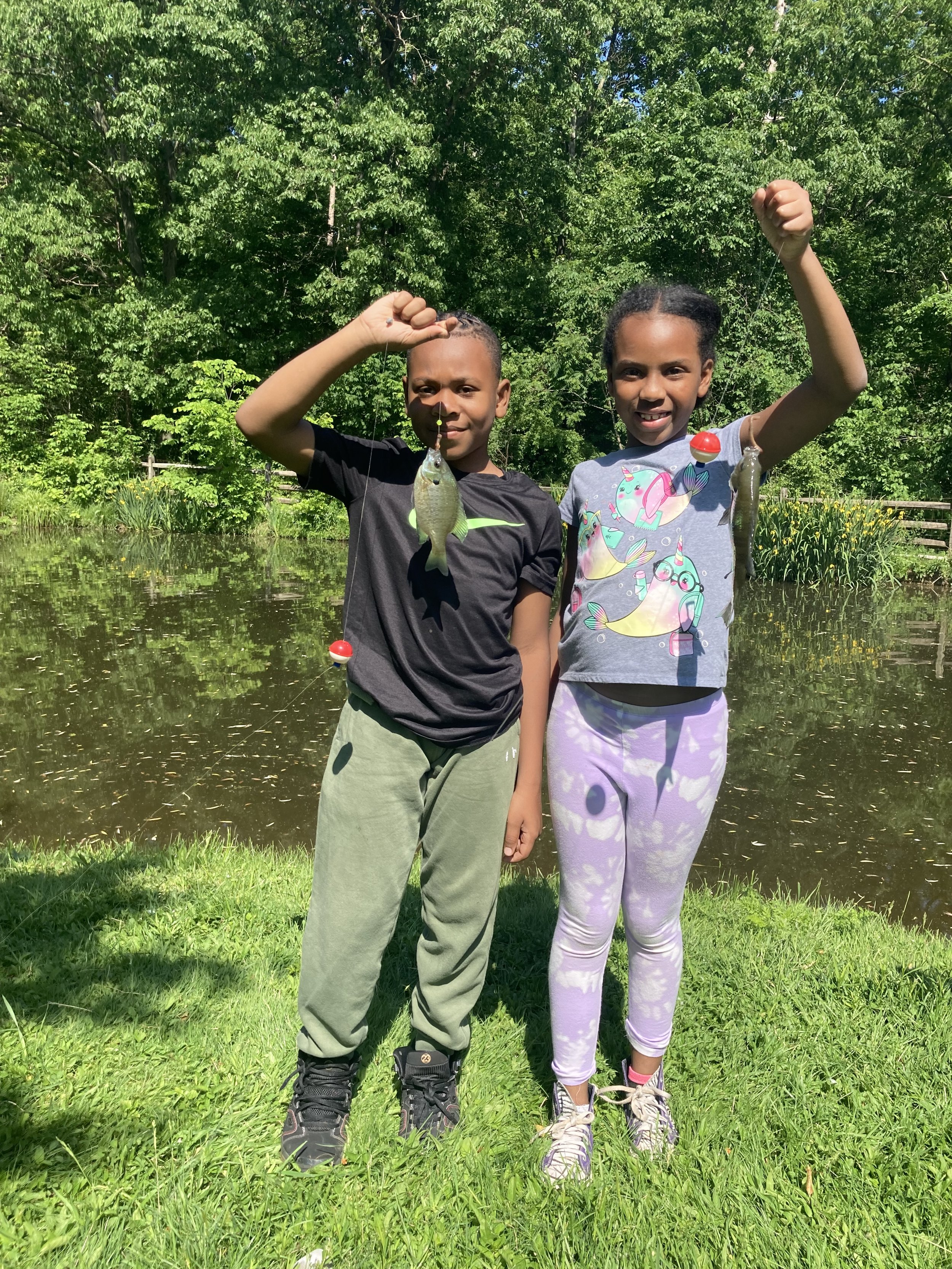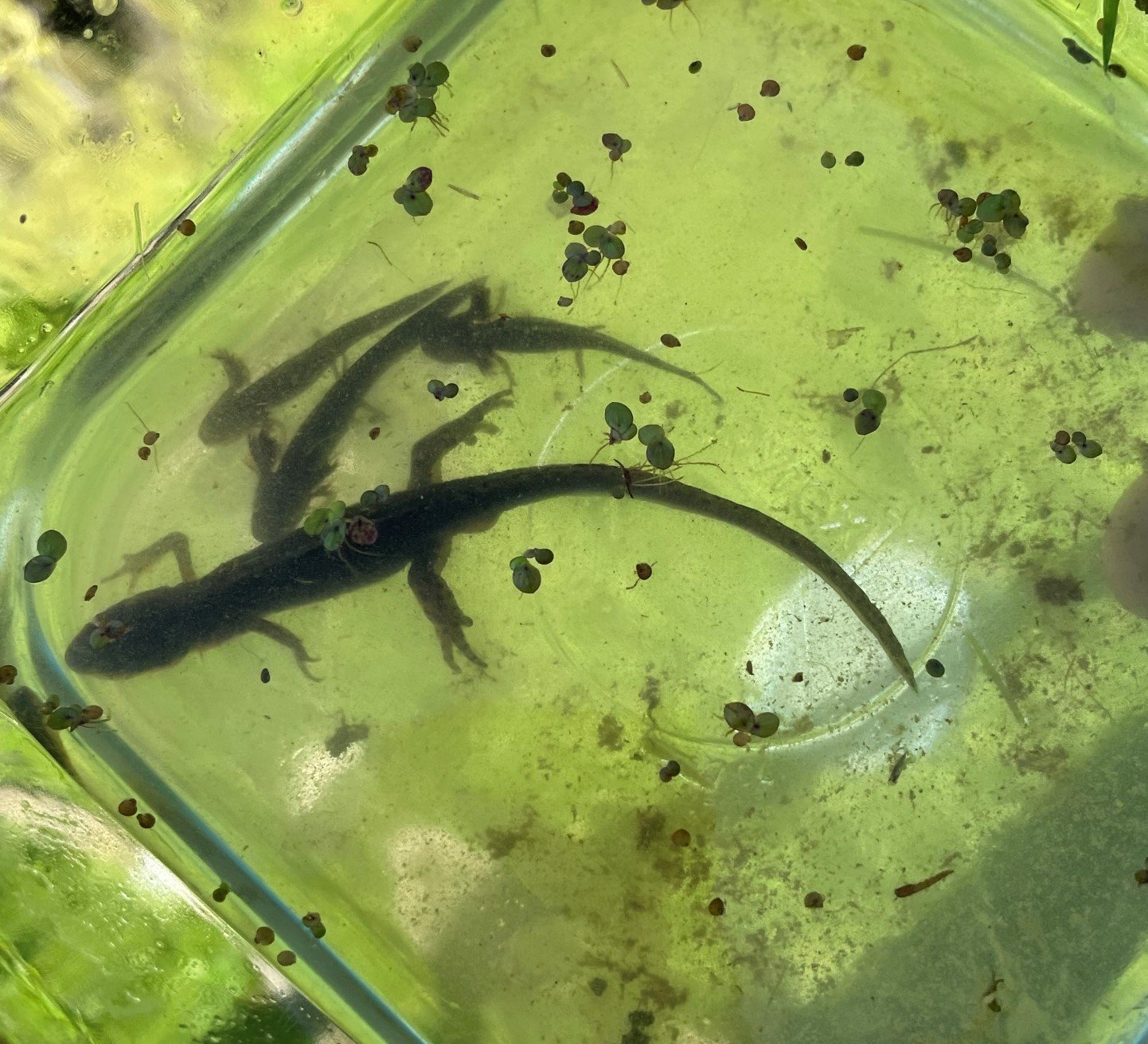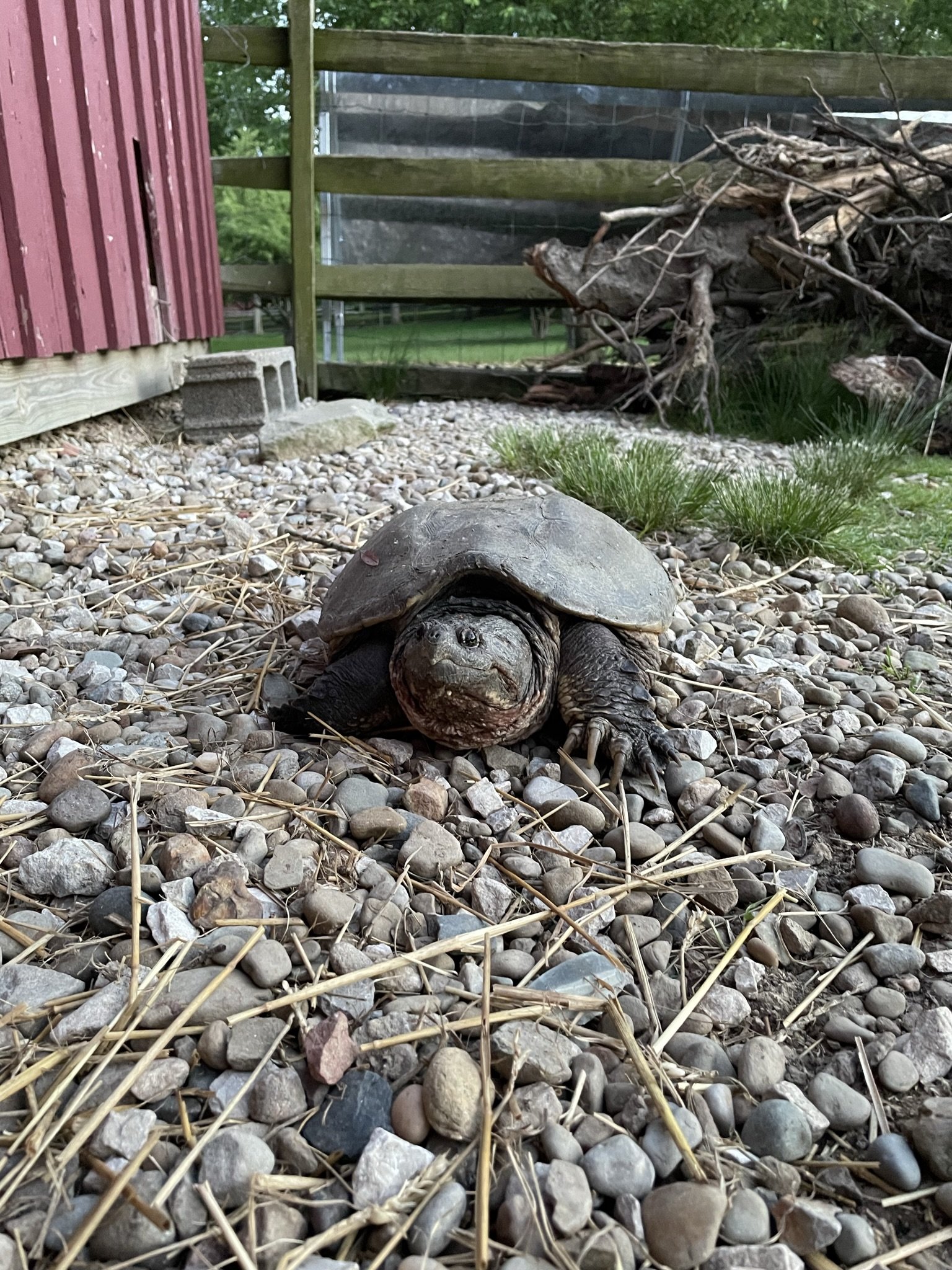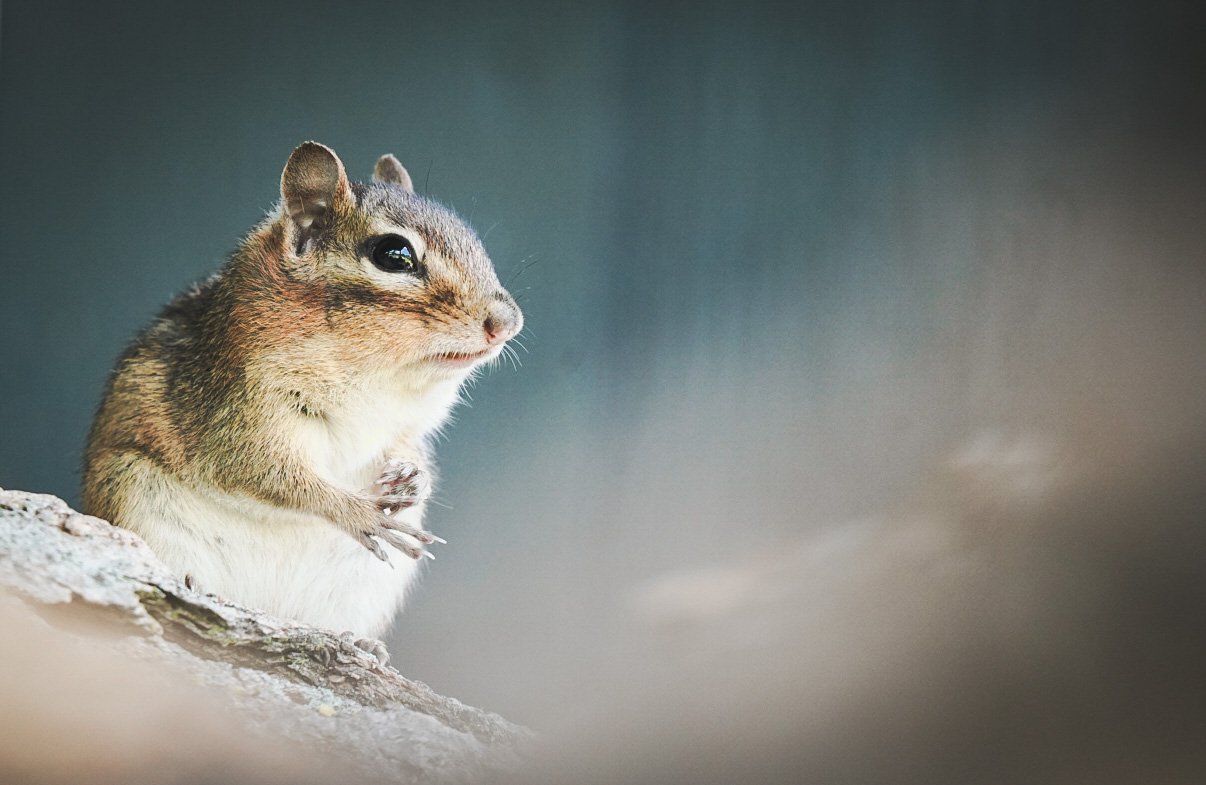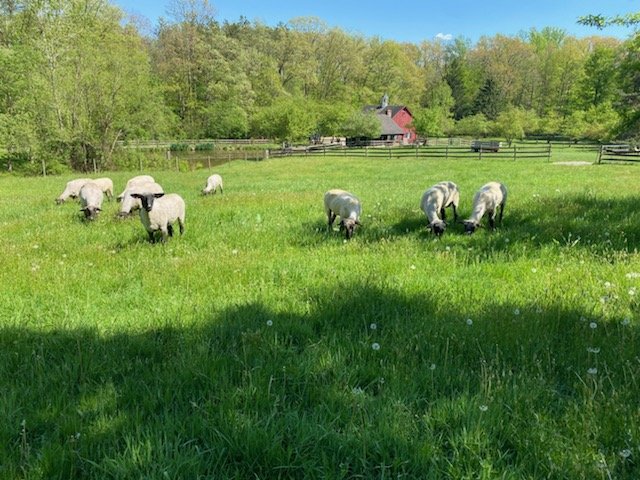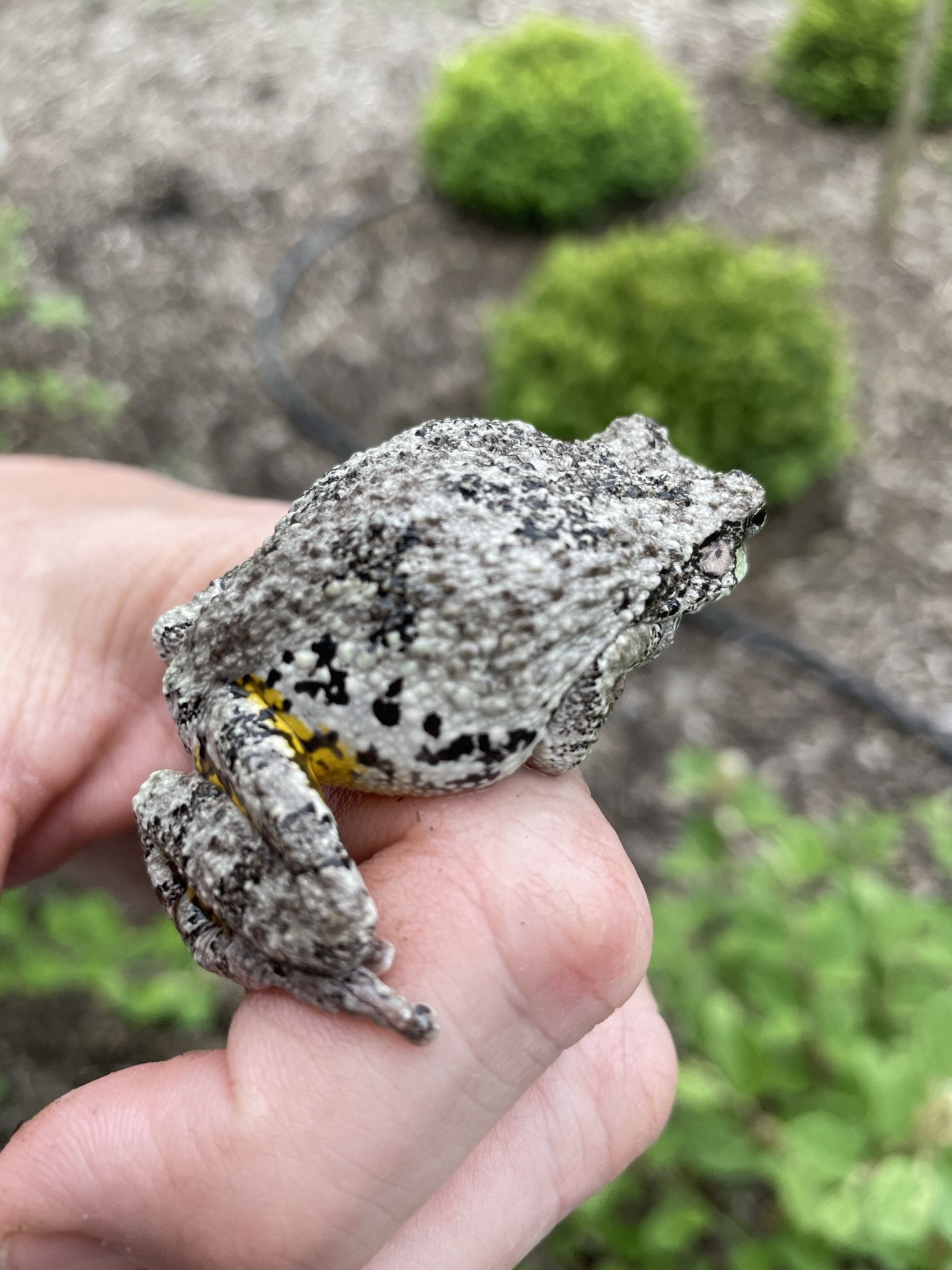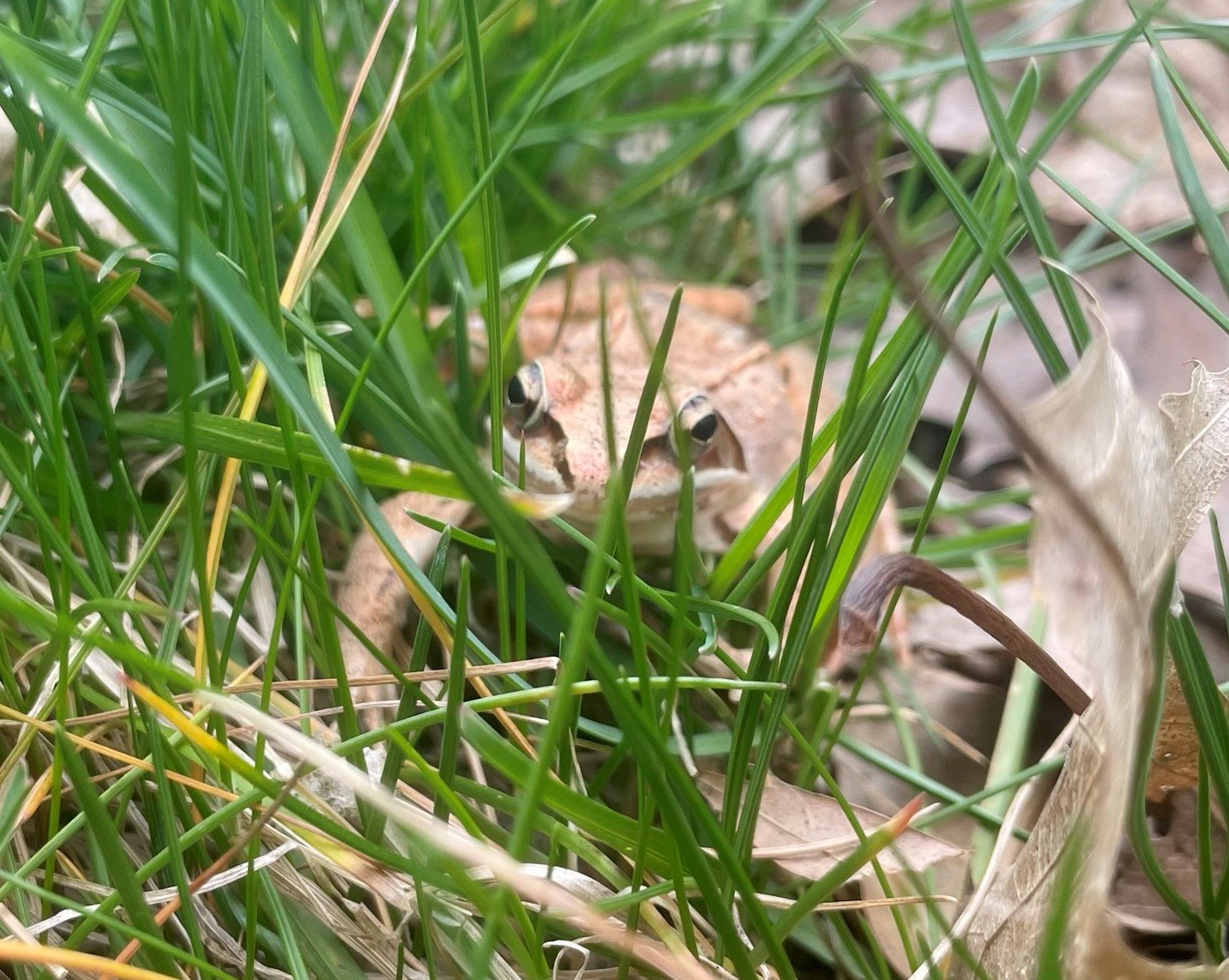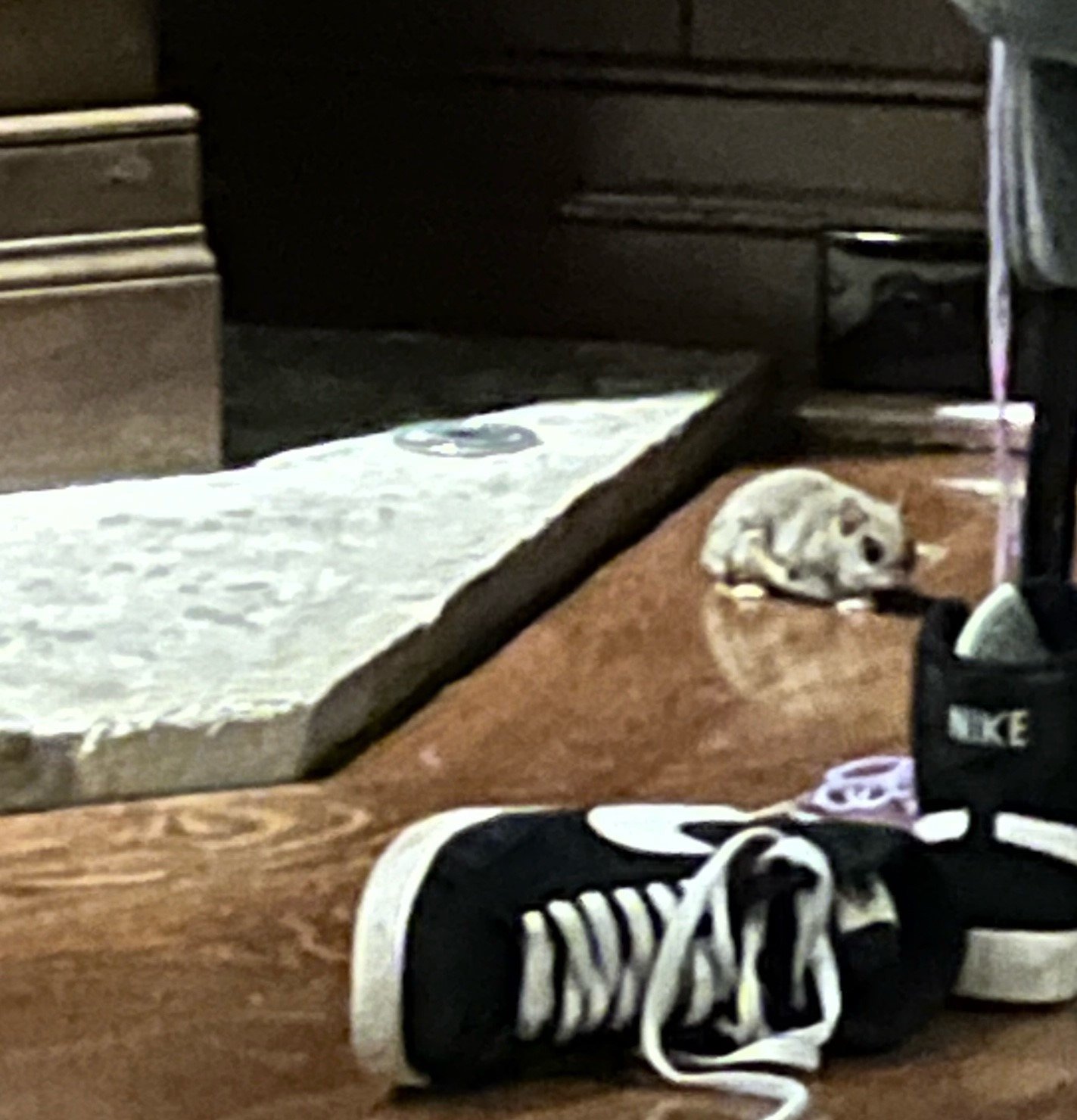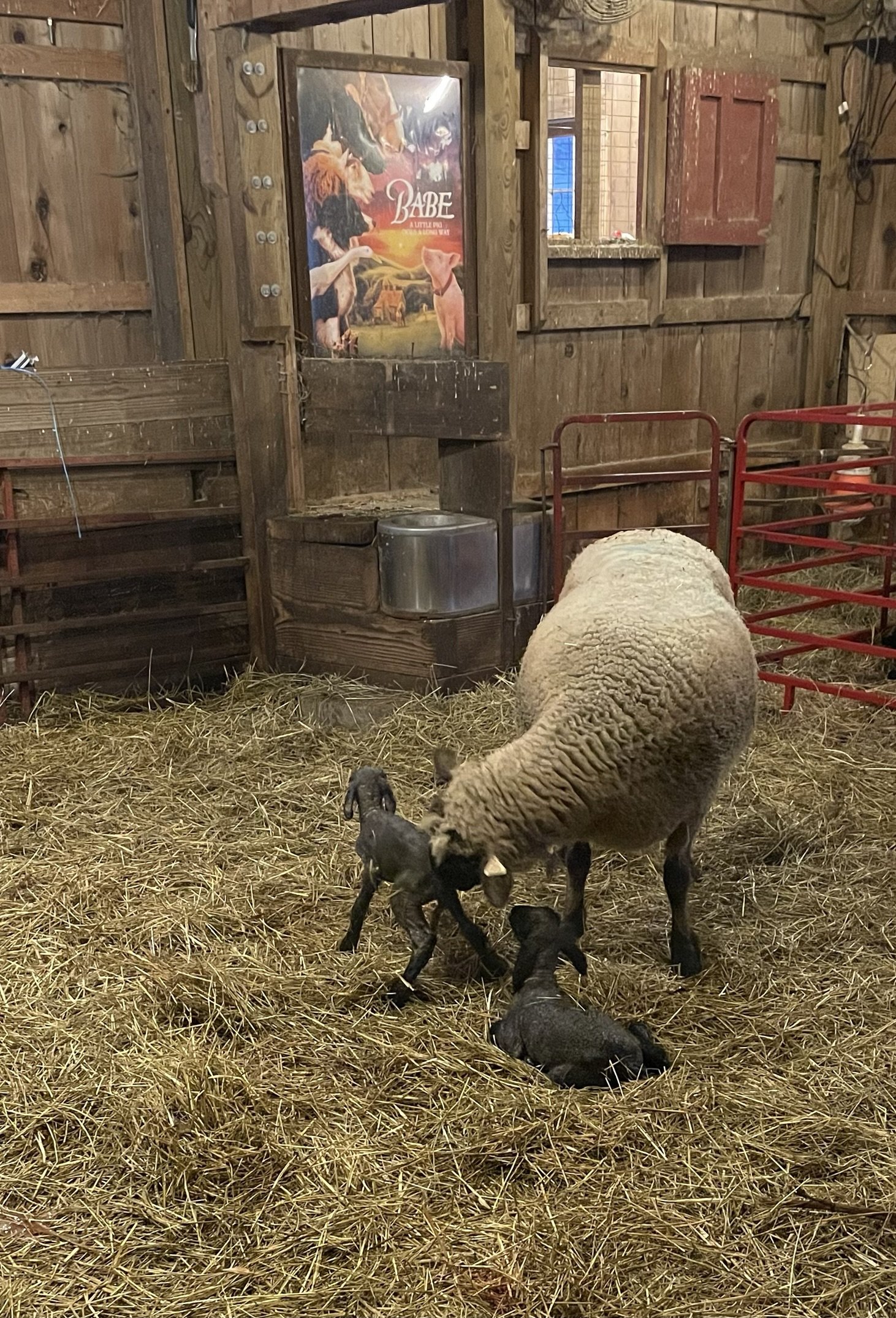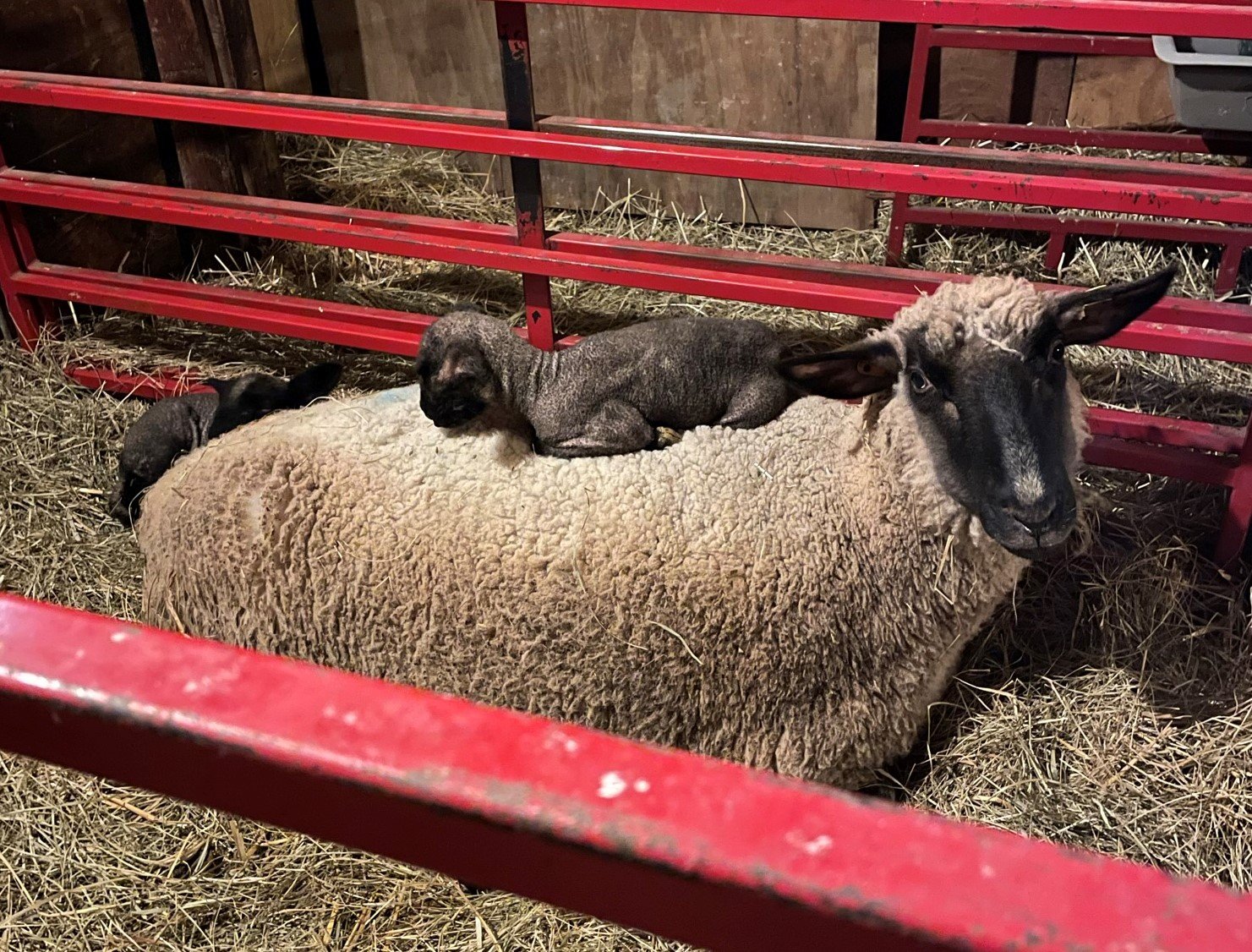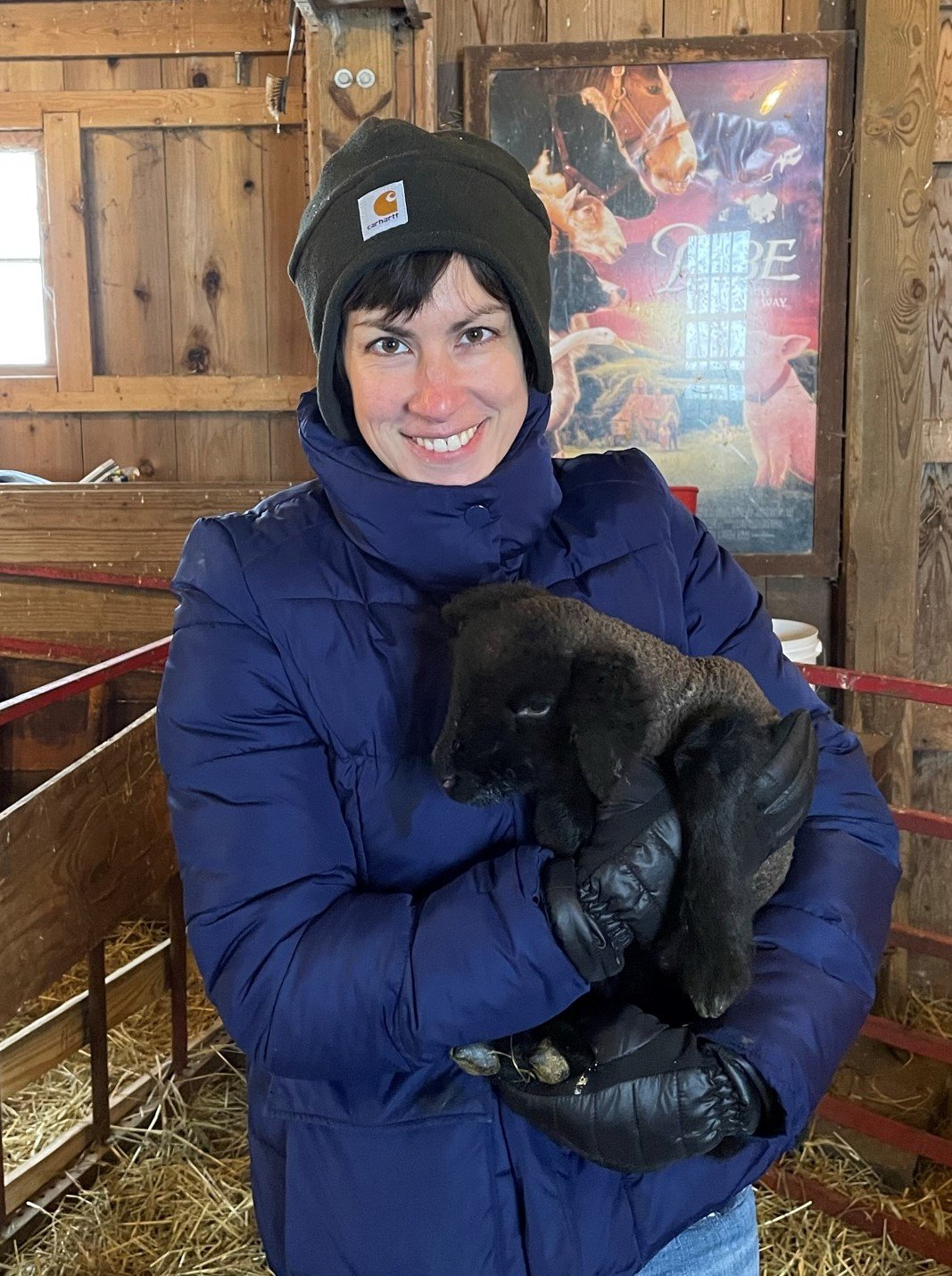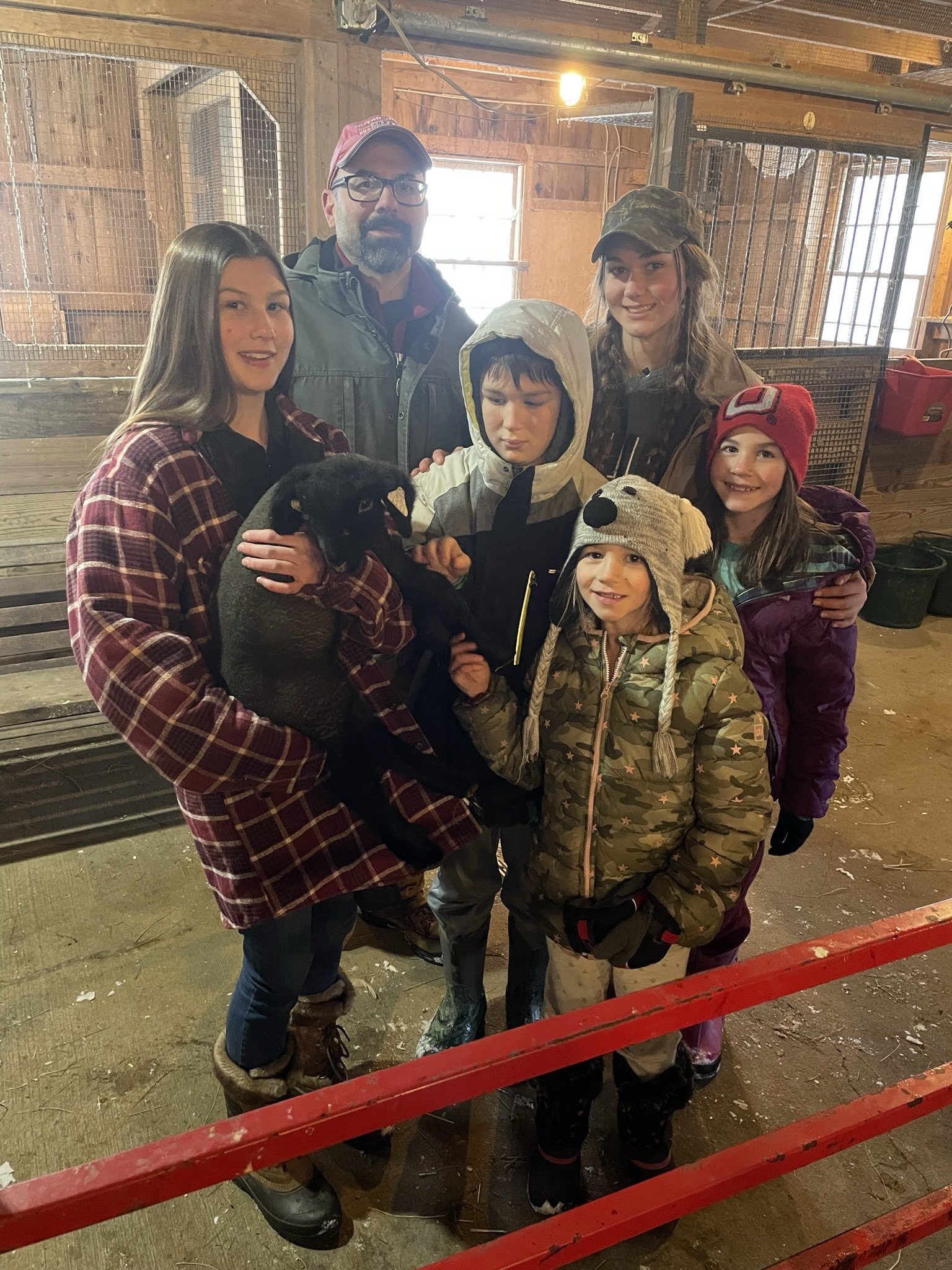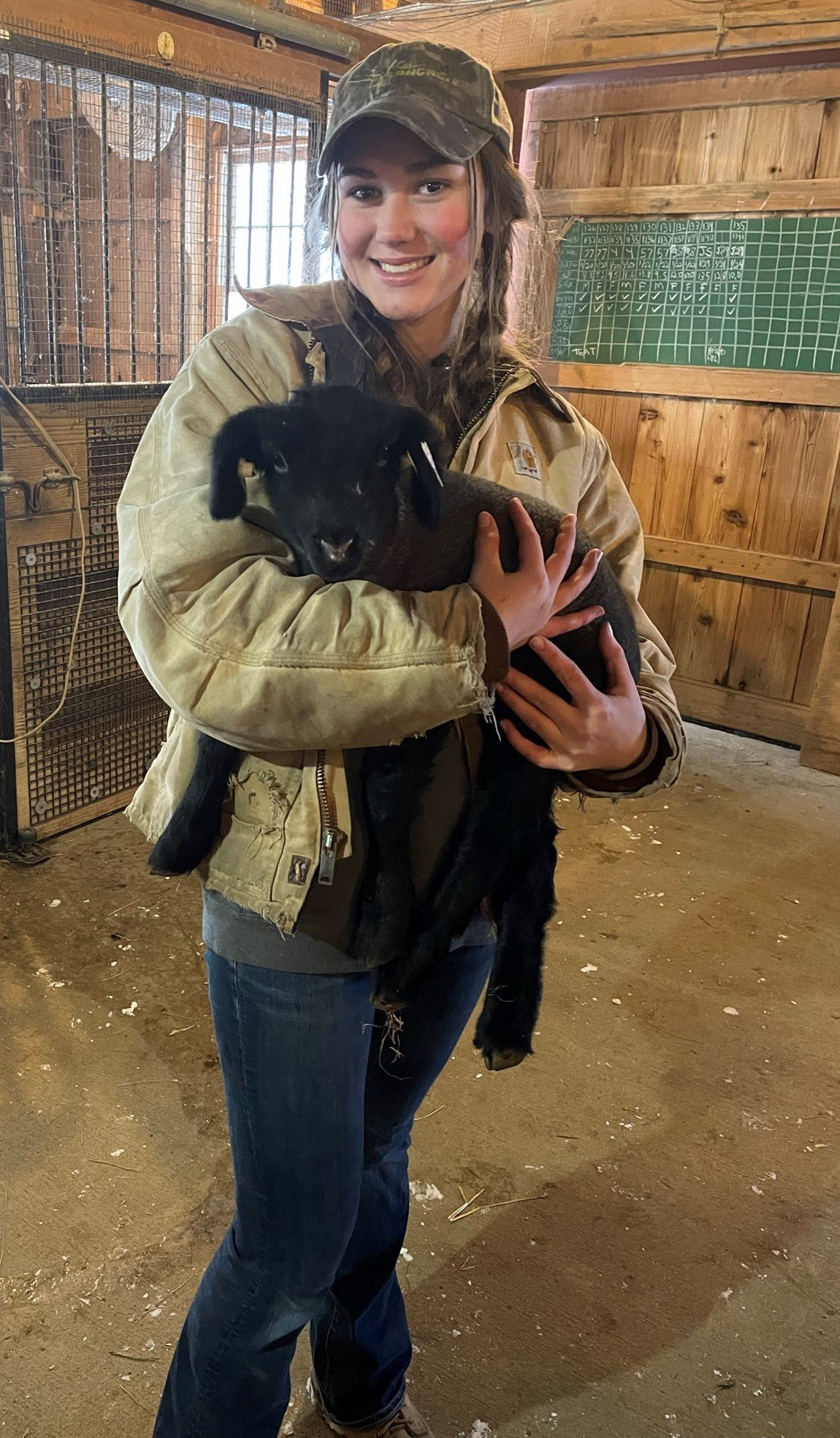Dear friends,
Welcome from frigid, frosty and wintry Hill House Farm! With temps in the teens, a thick layer of snow and bright sunny skies, we are enjoying a winter wonderland. 'Tis the perfect time to write our long overdue newsletter.
Although relatively uneventful, the fall was hectic ... delivering firewood and compost, blowing leaves, cutting pastures, changing out chickens, cleaning coops and stalls and preparing the goat's home for winter. This year we also repaired a broken water hydrant, are cutting down some very big dead trees and completing long-overdue hardscape improvements. Although never really fully finished, we hope we are prepared just enough to enjoy this weather, and arctic polar vortexes to come, for 120 more days :(
The pregnant ewes look fantastic following last week's shearing, and several months devouring extra rations. They appear ready to lamb any day. Unfortunately, they still have another 7+ weeks to wait until delivery! Tony P. already has 4 lambs in the pasture, congrats Tony. Staying dry in the barn, the loss of wool does not appear to faze them. As there is a limited market for sheep wool, this year we added the shorn sheep and alpaca wool to the manure pit to become beautiful compost. Reportedly, farmers have composted wool since the start of the industrial revolution. It improves soil water retention and returns helpful nitrogen and trace elements back to the soil. As a result, you can even compost your old clothing made from linen, hemp (ya, who really wears hemp??), cotton, silk and wool. From our friend Dave A., "I picked two amazing harvests of raspberries this year, it must have been your compost!!"
The chickens started laying again! Between old age (those are now "repurposed"), changing temps, darker days, laying eggs in the hay loft and molting, egg production plummeted. We also upgraded our nesting boxes to reduce breakage and stop the chickens from eating their own eggs, a very frustrating and nasty habit. We picked The Best Nest Box (check out the videos, especially if you want to become a homesteader). Fortunately, the new pullets are laying amazing eggs. As hoped, we collect luscious chocolate brown and pretty blue-green eggs to supplement the typical tan and white variety. Cleaning eggs is again a joyous occasion and the highlight of Cyndi's day. Making the transition was a challenge, catching the mature guineas was a full contact sport as they aggressively avoided getting caught and took turns flying into my head. I have two additional young guineas for sale if anyone is interested. They can provide some good comedy and laughs around the farm and will likely lay some wonderful hard eggs during the summer.
The wildlife continues to provide a never ending source of beauty, whether the 8 and 12 point bucks roaming the woods in search of does, squirrels everywhere gathering nuts, Garter snakes in the wood pile or Eastern Red-backed salamanders under stones in the woods. We also had the thrill of seeing a bald eagle up close as it flew 10 feet overhead, away from a fawn carcass in our 4th pasture (likely the result of coyotes). Apparently, we interrupted his dinner.
Finally and most importantly, due to your ongoing support and generosity, we made a $1,300 donation to the Greater Cleveland Food Bank on behalf of Hill House Farm. It is a wonderful organization that helps so many in Northeast Ohio.
We hope you all enjoy a safe, joyous and Happy Thanksgiving with your friends and family. We all have so much to be thankful for and I am especially appreciative for my loving family and your continued support and many years of friendship
Harry
